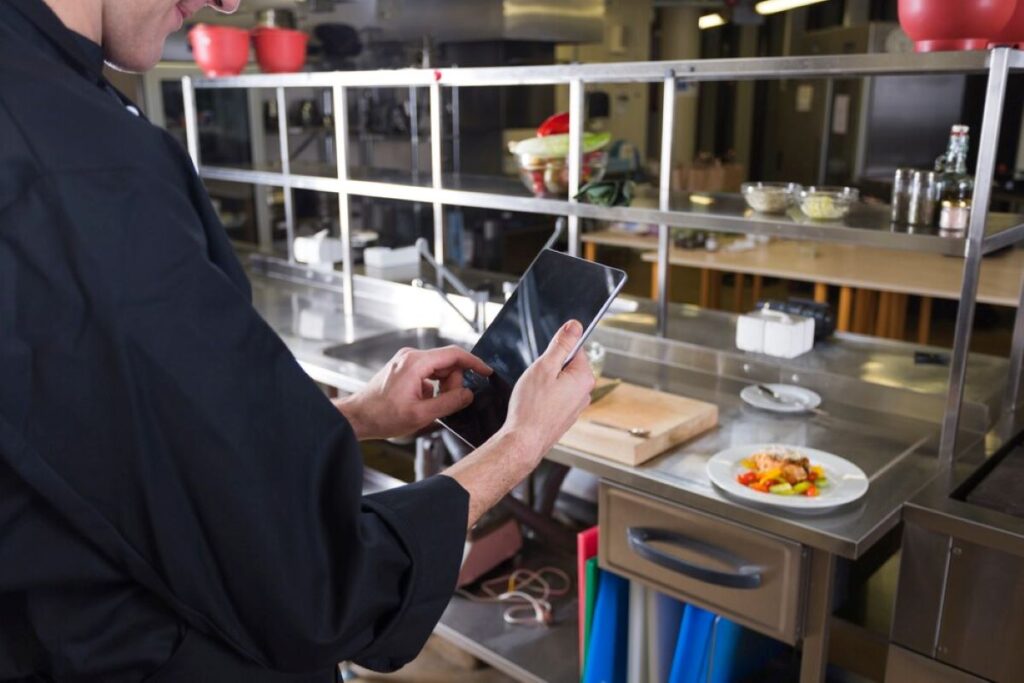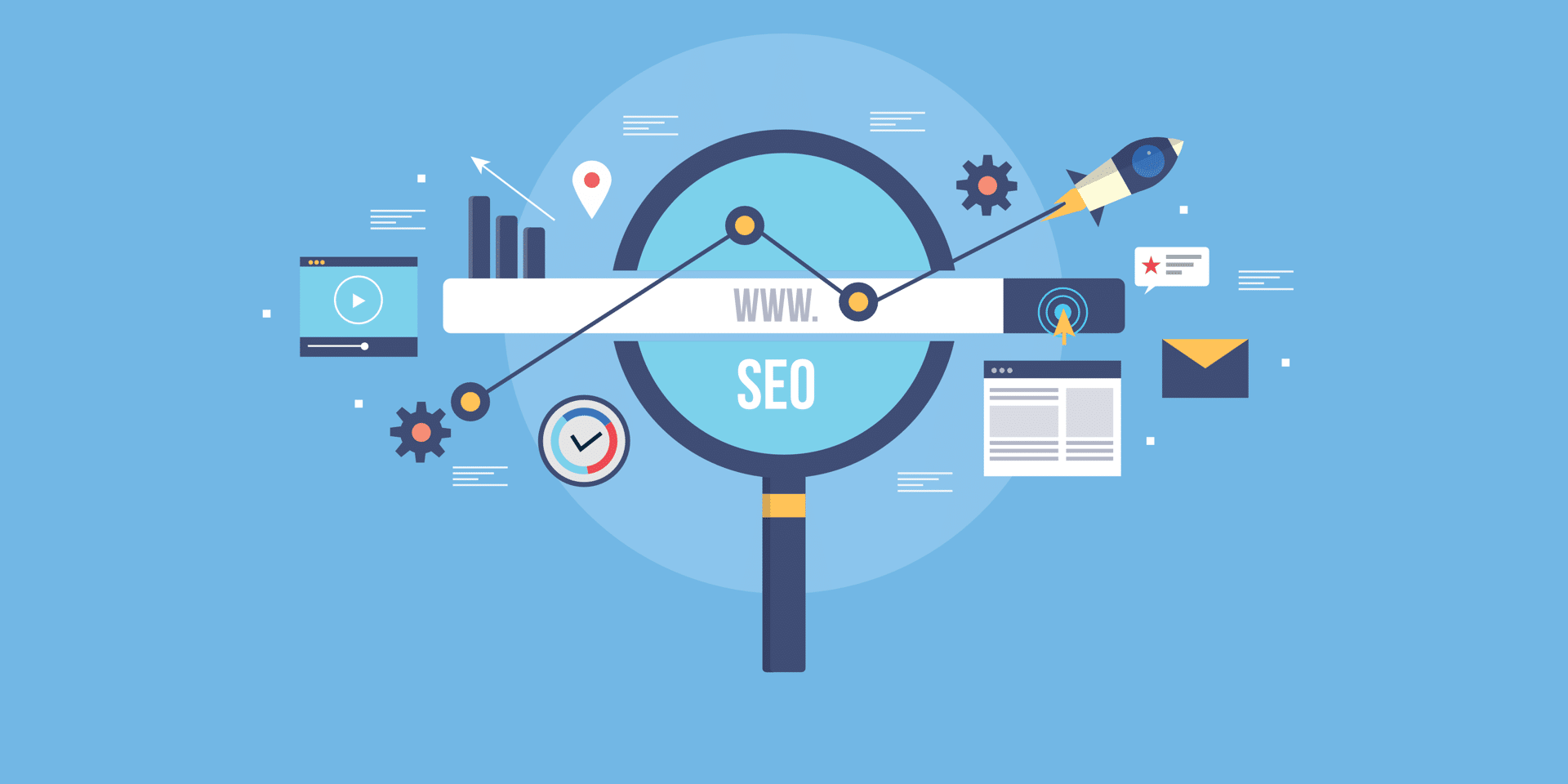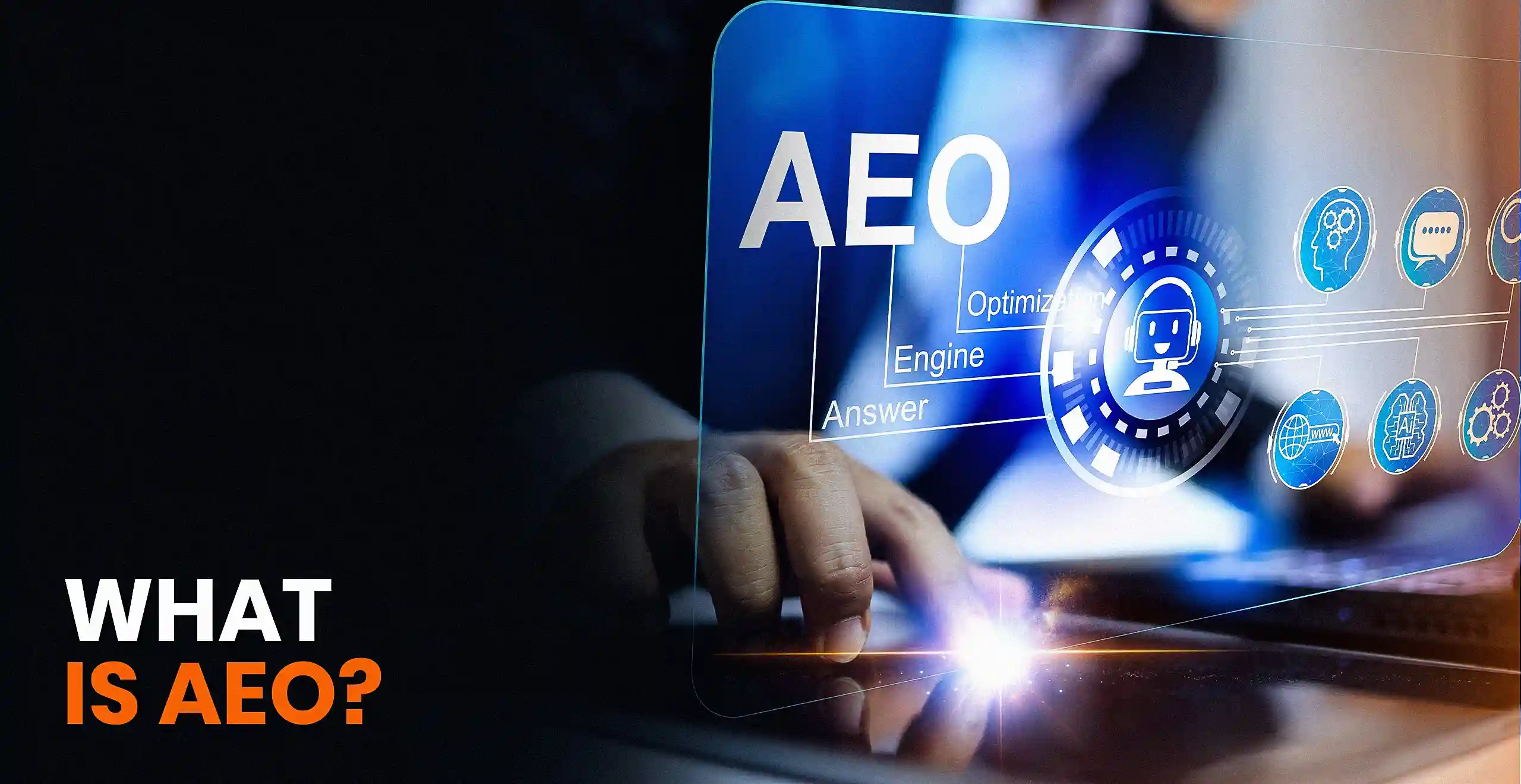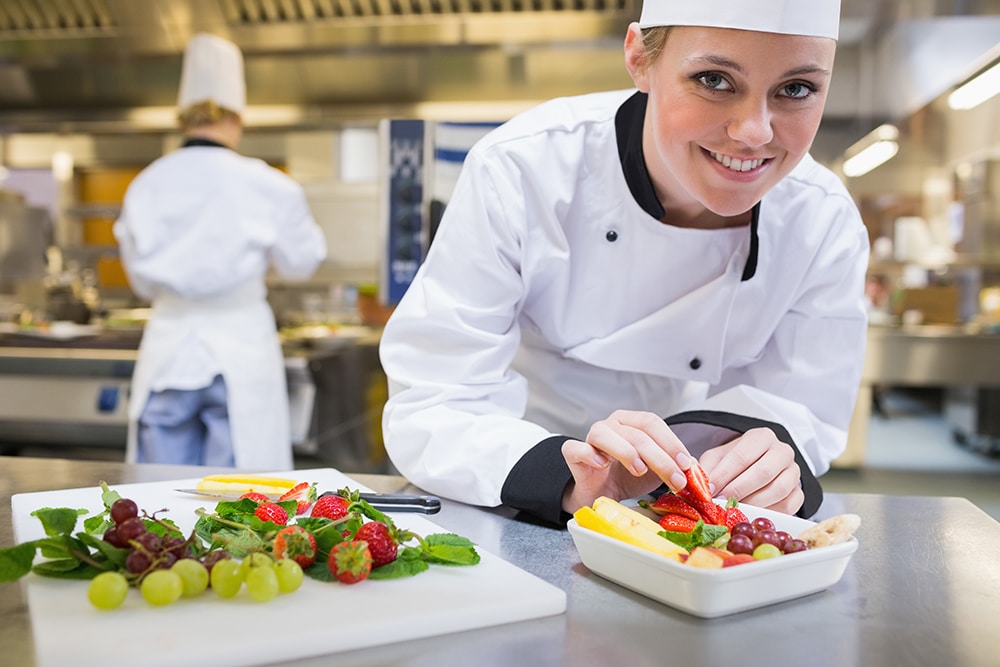
The Crucial Role of Temperature Monitoring in Restaurant Compliance
Temperature monitoring is a key aspect of food safety compliance in the restaurant industry. It plays a vital role in preventing bacterial growth, minimising food spoilage, and ensuring public health. Restaurant operators must strictly follow temperature regulations throughout their entire food service operation – from storage to preparation and serving.
Key Compliance Requirements:
- Cold storage units maintained below 5°C
- Hot-held foods kept above 63°C
- Regular temperature checks and documentation
- Immediate corrective actions for any deviations
Effective temperature monitoring directly impacts a restaurant’s food safety management system. It helps identify potential hazards before they turn into serious food safety incidents. This proactive approach allows restaurants to:
- Prevent foodborne illness outbreaks
- Reduce food waste
- Meet regulatory requirements
- Maintain quality control standards
The Consequences of Temperature-Related Compliance Failures
Failures in compliance related to temperature control can have severe consequences for a restaurant’s reputation. Just one case of food poisoning linked to improper temperature management can result in:
“60% of restaurants close within one year of a foodborne illness outbreak” – National Restaurant Association
- Negative media coverage
- Loss of customer trust
- Regulatory fines
- Potential legal action
- Permanent brand damage
The Importance of Modern Temperature Monitoring Tools
In today’s world, modern temperature monitoring tools have become essential for restaurants that are committed to maintaining compliance while protecting their reputation and ensuring the wellbeing of their customers.
Introducing Squizify: The Ultimate Compliance Solution for Restaurants
Squizify is leading the way in restaurant compliance management, offering a complete solution designed specifically for the needs of food service businesses. This groundbreaking platform transforms traditional compliance processes into streamlined, digital workflows that improve operational excellence and food safety management.
Key Features of Squizify:
1. Customised Digital Checklists
- Task-specific templates for different restaurant areas
- Real-time completion tracking
- Mobile accessibility for staff convenience
2. Automated Record-Keeping
- Digital documentation of all compliance activities
- Secure cloud storage for easy retrieval
- Audit-ready reports generated automatically
The platform’s intelligent design integrates seamlessly with daily restaurant operations, offering:
- Temperature monitoring sensors for cold storage units
- Food label printing capabilities
- Freight temperature tracking systems
- 24/7 data accessibility via secure SaaS platform
Squizify’s robust system eliminates manual paperwork through automated record-keeping accessible via any internet-connected device. This digital transformation ensures accuracy in compliance documentation while reducing administrative burden on staff.
The platform adapts to specific restaurant needs through:
- Customisable software configurations
- Personalised implementation support
- Regular system updates based on industry requirements
- Round-the-clock live chat assistance
Restaurant managers gain immediate access to critical compliance data through intuitive dashboards, enabling proactive decision-making and swift response to potential issues. This comprehensive approach to compliance management positions Squizify as an essential tool for modern restaurant operations, supporting both food safety protocols and operational efficiency.
Essential Features to Look for in Restaurant Temperature Monitoring Tools
Modern restaurant temperature monitoring tools must incorporate specific features to maintain HACCP compliance and ensure food safety. These essential components create a robust monitoring system that safeguards both customer health and business reputation.
1. Real-Time Temperature Tracking
- Continuous monitoring of cold storage units, hot holding equipment, and cooking areas
- Instant visibility of temperature fluctuations through digital displays
- Historical data logging for compliance documentation
- Mobile accessibility for temperature checks from any location
2. Advanced Alert Systems
- Push notifications for temperature breaches
- Customisable threshold settings for different food storage areas
- SMS and email alerts for immediate staff notification
- Escalation protocols for unaddressed temperature issues
3. Critical Monitoring Capabilities
- Wireless temperature monitoring sensors with extended battery life
- Cloud-based data storage for secure record-keeping
- Automated temperature logging at preset intervals
- Integration with existing kitchen management systems
The implementation of these monitoring tools creates a proactive approach to food safety management. When temperatures deviate from safe ranges, staff receive immediate alerts, enabling swift corrective actions. This rapid response capability prevents food spoilage, reduces waste, and maintains compliance with food safety regulations such as those outlined in WHO’s guidelines on food safety.
Restaurant managers gain valuable insights through detailed temperature monitoring reports, which prove essential during health inspections and internal audits. These systems eliminate manual temperature logging errors and provide accurate, tamper-proof documentation of food safety practices. Moreover, with the aid of advanced technology, these tools can further enhance the efficiency and effectiveness of temperature monitoring in restaurants.
Leveraging Technology for Enhanced Food Safety Support and Operational Efficiency
Advanced temperature monitoring tools are valuable assets in modern restaurant operations, providing significant cost savings by preventing food waste and improving operational efficiency.
Preventing Food Loss and Cost Reduction
- Automated monitoring systems detect temperature changes before food spoilage occurs
- Real-time data analysis helps identify patterns of temperature variations
- Predictive alerts enable proactive maintenance of cooling equipment
- Digital documentation eliminates paper-based record-keeping expenses
Streamlined Operations Through Automation
Temperature monitoring automation transforms daily restaurant operations by:
- Reducing manual temperature checks from staff
- Eliminating human error in readings and documentation
- Providing accurate, tamper-proof compliance records
- Enabling remote monitoring capabilities

Staff Productivity Enhancement
The implementation of automated monitoring systems allows restaurant staff to:
- Focus on customer service excellence
- Dedicate time to food preparation and quality
- Maintain cleaner, more organised workspaces
- Respond quickly to potential temperature issues
Cost-Effective Risk Management
Smart monitoring solutions protect restaurants from:
- Product loss due to equipment malfunctions
- Compliance violation penalties
- Brand reputation damage
- Customer safety incidents
These technological advancements create a strong foundation for maintaining food safety standards while optimising operational costs. The integration of automated temperature monitoring systems represents a strategic investment that delivers measurable returns through reduced waste, improved efficiency, and enhanced food safety management.
Exploring the Versatility of Temperature Monitoring Tools Across Industries
Temperature monitoring solutions demonstrate remarkable adaptability across diverse business sectors. The hospitality industry stands as a prime beneficiary, with hotels implementing these systems to maintain food safety in restaurants, buffet services, and room service operations.
Healthcare Applications
Healthcare facilities utilise temperature monitoring tools for:
- Medication storage requirements
- Blood bank temperature control
- Laboratory specimen preservation
- Vaccine storage conditions
Retail Usage
The retail sector harnesses these solutions for:
- Supermarket refrigeration units
- Cold storage warehouses
- Transportation of perishable goods
- Display case temperature management
Customisation for Unique Challenges
Each industry presents unique challenges that demand specific monitoring parameters. A customisable software platform allows businesses to:
- Set industry-specific temperature thresholds
- Create tailored compliance checklists
- Design bespoke reporting templates
- Configure alerts based on particular needs
Sector-Specific Requirements
The aged care sector requires precise temperature control for both food service and medication storage. Child care facilities need monitoring systems for food preparation areas and refrigerated storage of children’s meals and drinks. Manufacturing plants depend on temperature control for product quality and consistency.
Broader Applications
The versatility of these monitoring tools extends to:
- Fuel sites managing temperature-sensitive products
- Research facilities maintaining strict environmental controls
- Food production facilities ensuring product safety
- Distribution centres managing cold chain logistics
Advanced customisation options enable businesses to align monitoring systems with their operational requirements, ensuring compliance with industry-specific regulations while maintaining efficiency in their unique processes. You may like to visit https://mindshufflemarketing.com/why-wireless-temperature-monitoring-systems-are-a-game-changer/ to get why temperature monitoring systems are a game changer.
Ensuring Seamless Integration and Actionable Insights with Temperature Monitoring Systems
Integrating temperature monitoring systems into existing restaurant operations creates a unified workflow that enhances efficiency and compliance management. Modern monitoring solutions seamlessly connect with point-of-sale systems, inventory management software, and kitchen display systems to create a comprehensive operational ecosystem.
Key Integration Benefits:
- Automated data synchronisation across platforms
- Reduced manual data entry requirements
- Real-time updates across connected systems
- Centralised access to critical information
The integration capabilities extend to mobile applications, enabling staff to receive instant notifications and access temperature data from anywhere within the establishment. This mobile accessibility ensures quick response times to potential temperature violations and maintains continuous monitoring without disrupting service operations.
Data analytics dashboards transform raw temperature data into actionable business intelligence. These visual interfaces provide:
- Performance Metrics
- Temperature trend analysis
- Compliance rate tracking
- Equipment efficiency reports
- Alert frequency patterns
- Decision Support Tools
- Predictive maintenance schedules
- Resource allocation recommendations
- Risk assessment indicators
- Cost-saving opportunities
Advanced analytics features help identify patterns in temperature fluctuations, enabling restaurants to implement preventive measures before issues arise. Custom reporting capabilities allow managers to generate specific insights based on their unique operational needs and compliance requirements.
The combination of seamless integration and robust analytics empowers restaurants to make data-driven decisions while maintaining optimal food safety standards. These technological capabilities create a proactive approach to temperature monitoring, supporting both operational excellence and regulatory compliance.
Additionally, the role of new data in airline data analytics can serve as an interesting parallel for understanding how different industries leverage similar advanced analytics tools for operational efficiency. The insights derived from such data are not limited to one sector but can be adapted across various fields, including the restaurant industry where these temperature monitoring systems are being implemented.
Maintaining Consistency Across Multiple Locations: The Power of Enterprise-Wide Monitoring Solutions
Managing temperature compliance across multiple restaurant locations presents unique challenges. Enterprise-wide monitoring solutions offer a centralised approach to maintaining consistent food safety standards across all venues.
Key advantages of multi-location monitoring systems:
- Standardised Protocols: Implementation of uniform temperature monitoring procedures across all locations ensures consistent food safety practices
- Centralised Data Management: Access to real-time temperature data from all venues through a single dashboard
- Cross-Location Performance Analysis: Ability to compare compliance metrics between different locations to identify best practices
- Rapid Issue Resolution: Swift identification and resolution of temperature-related issues across the restaurant network
Enterprise-wide solutions enable restaurant chains to establish standardised temperature thresholds and monitoring schedules. This systematic approach helps maintain consistent food quality and safety standards, regardless of location.
The scalability of these systems accommodates business growth, allowing seamless integration of new locations into existing monitoring networks. Regional managers can oversee multiple venues simultaneously, ensuring adherence to company-wide food safety protocols.
Advanced monitoring solutions facilitate:
- Remote temperature monitoring from any location
- Instant alerts for all connected venues
- Automated compliance reporting across the network
- Unified staff training and standard operating procedures
These capabilities create a robust framework for maintaining consistent food safety standards across multiple restaurant locations while reducing operational complexities.

Proactive Food Safety Management through Predictive Maintenance Capabilities
Predictive maintenance capabilities revolutionise the traditional approach to equipment management in restaurant operations. These advanced systems analyse real-time data patterns to identify potential issues before they escalate into critical failures.
Key advantages of predictive maintenance include:
- Early Detection: Smart sensors monitor equipment performance metrics, detecting subtle changes that might indicate developing problems.
- Cost Reduction: Addressing issues proactively reduces expensive emergency repairs and replacement costs.
- Extended Equipment Life: Regular maintenance based on actual usage patterns helps maximise the lifespan of refrigeration units.
- Minimised Downtime: Scheduled maintenance during off-peak hours prevents unexpected disruptions to service.
The integration of machine learning algorithms enables temperature monitoring systems to:
- Analyse historical performance data
- Identify patterns indicating potential failures
- Generate automated maintenance schedules
- Alert staff to deteriorating equipment conditions
These capabilities prove particularly valuable for:
- Cold Storage Units: Tracking compressor efficiency and door seal integrity
- Freezer Systems: Monitoring defrost cycles and temperature consistency
- Display Cases: Ensuring optimal temperature distribution
- Walk-in Coolers: Evaluating airflow patterns and cooling efficiency
Moreover, the use of advanced sensor technology in predictive maintenance allows for even more precise monitoring and control of equipment, further enhancing food safety management. Predictive maintenance transforms reactive troubleshooting into strategic prevention, safeguarding food quality whilst optimising operational efficiency. The system’s ability to forecast potential issues enables restaurants to maintain uninterrupted service delivery and protect valuable inventory from spoilage risks.
Conclusion
Restaurant temperature monitoring systems are essential for modern food safety management. These systems replace traditional compliance practices with efficient, data-driven operations that protect both customer health and business reputation.
The implementation of robust monitoring tools delivers three critical advantages:
- Risk Mitigation: Automated systems detect potential issues before they escalate into serious food safety violations
- Brand Protection: Consistent temperature monitoring demonstrates commitment to quality, building lasting customer trust
- Operational Excellence: Data-driven insights enable informed decision-making and resource optimisation
Restaurants that embrace these technological solutions position themselves at the forefront of food safety excellence. The integration of predictive maintenance capabilities, real-time monitoring, and automated alerts creates a comprehensive safety net that protects both customers and business interests.
The future of restaurant compliance lies in proactive management systems that combine precision monitoring with intelligent analytics. These tools not only ensure regulatory compliance but also drive operational efficiency and business growth.
By investing in advanced temperature monitoring solutions, restaurants demonstrate their dedication to food safety while building a foundation for sustainable success in an increasingly competitive industry.




